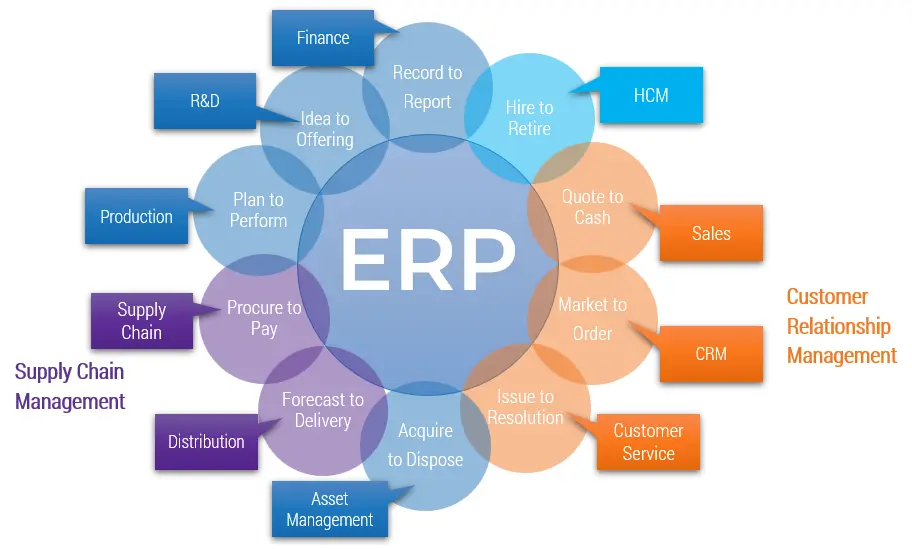Optimizing an ERP system is not a single-time event but an ongoing process. Businesses need a structured approach using the appropriate tools, teams and tactics to bring ERP systems in line with shifting goals. This article describes key aspects for maintaining the efficiency of ERP and continuous improvement in the long term based on well thought out, ongoing optimization efforts.
Defining objectives and success metrics
Optimal optimization starts with clearly stated objectives and quantifiable measures of success. Stakeholders need to determine the critical process areas that need improvement and set key performance indicators like transaction throughput, data accuracy, and user adoption rates. Through linking objectives to strategic business goals, organisations can prioritize efforts, allocate resources appropriately, and measure progress objectively. Setting review intervals ensures relevance and flexibility to new challenges. Such clarity guarantees that enhancement initiatives provide tangible value and align with overall enterprise goals, supporting a framework for continuous ERP optimization.
Selecting analytical and automation tools
Organizations need to invest in strong analytical and automation tools to identify performance gaps and optimize processes. Data visualization platforms and real‑time monitoring solutions offer actionable insight into system utilization, while workflow automation engines minimize manual interventions and streamline routine tasks. Integration platforms allow for smooth integration among diverse modules, promoting data consistency. Tool selection should weigh scalability, ease of use, and compatibility with current architecture considerations to achieve optimal return on investment. Pilot testing tools reduce implementation risks.
Assembling cross‑functional teams
Effective ERP optimization requires a cross‑functional team that combines technical expertise and business acumen. Some core members are IT specialists, business analysts, process owners, and change management professionals. Collaboration between finance, operations, and supply chain representatives brings diverse perspectives into shaping enhancement priorities. Governance roles like steering committees and project sponsors offer oversight and conflict resolution. Established communication channels and sharing of knowledge instill a culture of constant learning and shared responsibility. Well-defined roles avoid overlap and promote accountability.
Implementing Agile enhancement processes
Agile methodologies can speed up ERP improvements by splitting work into incremental cycles. Sprint-based planning enables teams to outline, build, and test enhancements within a short period. Regular demos to stakeholders collect timely feedback, which allows for rapid adjustments and reduces rework. Backlog refinement and prioritization ensure that the most important improvements are addressed first. Through integrating retrospectives and lessons‑learned workshops, organizations can fine-tune processes continuously, leading to accelerated delivery and increased quality in subsequent iterations.
Sustaining continuous ERP optimization
For Continuous ERP Optimization to sustain, organizations need to have perpetual review mechanisms that track system performance and user satisfaction. Health checks are conducted regularly with the help of automated alerts and dashboards, thus detecting emerging issues before they affect operations. Governance boards validate enhancement proposals against strategic objectives and training programs keep skills current. Feedback loops including end-users and stakeholders encourage transparency and involvement. This sustained focus will ensure that ERP initiatives are aligned with business needs and performance goals.
Conclusion
A holistic framework for ERP optimization incorporates clear objectives, tools, competent teams, and agile processes. At the heart of this framework is Opkey test automation, an advanced solution that facilitates the testing process with AI-enabled, no-code functionalities. Through establishing success metrics, taking advantage of high-level automation such as Opkey’s 30,000+ self-configuring tests, and real-time monitoring, promoting collaboration, and incorporating iterative processes, companies will ensure continuous progress. With Opkey, enterprises maintain their ERP environment in line with changing needs, improve operating efficiency, and maximize returns on their resource planning investments.
Also Read-Tech Console DefStartup: Empowering Gaming Innovation


